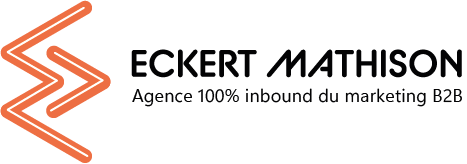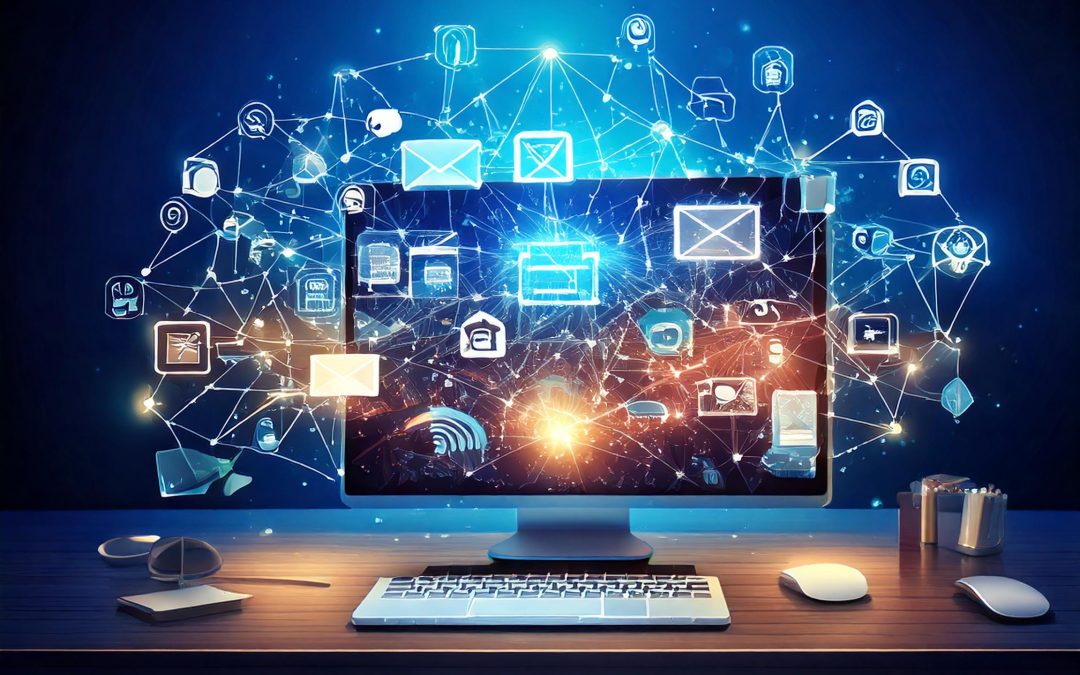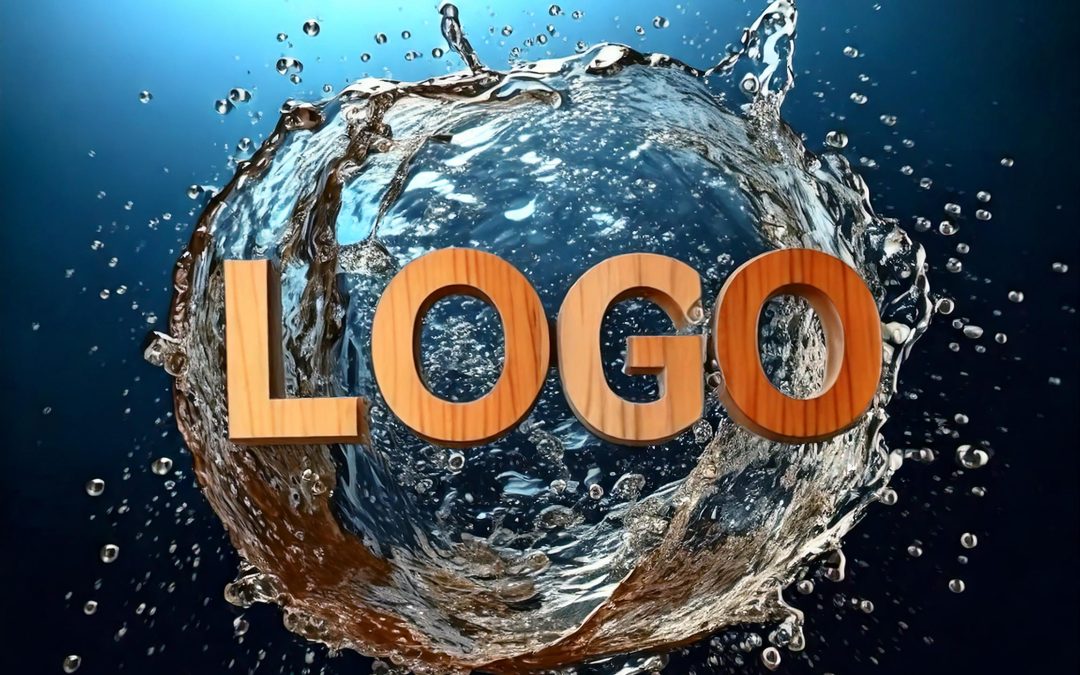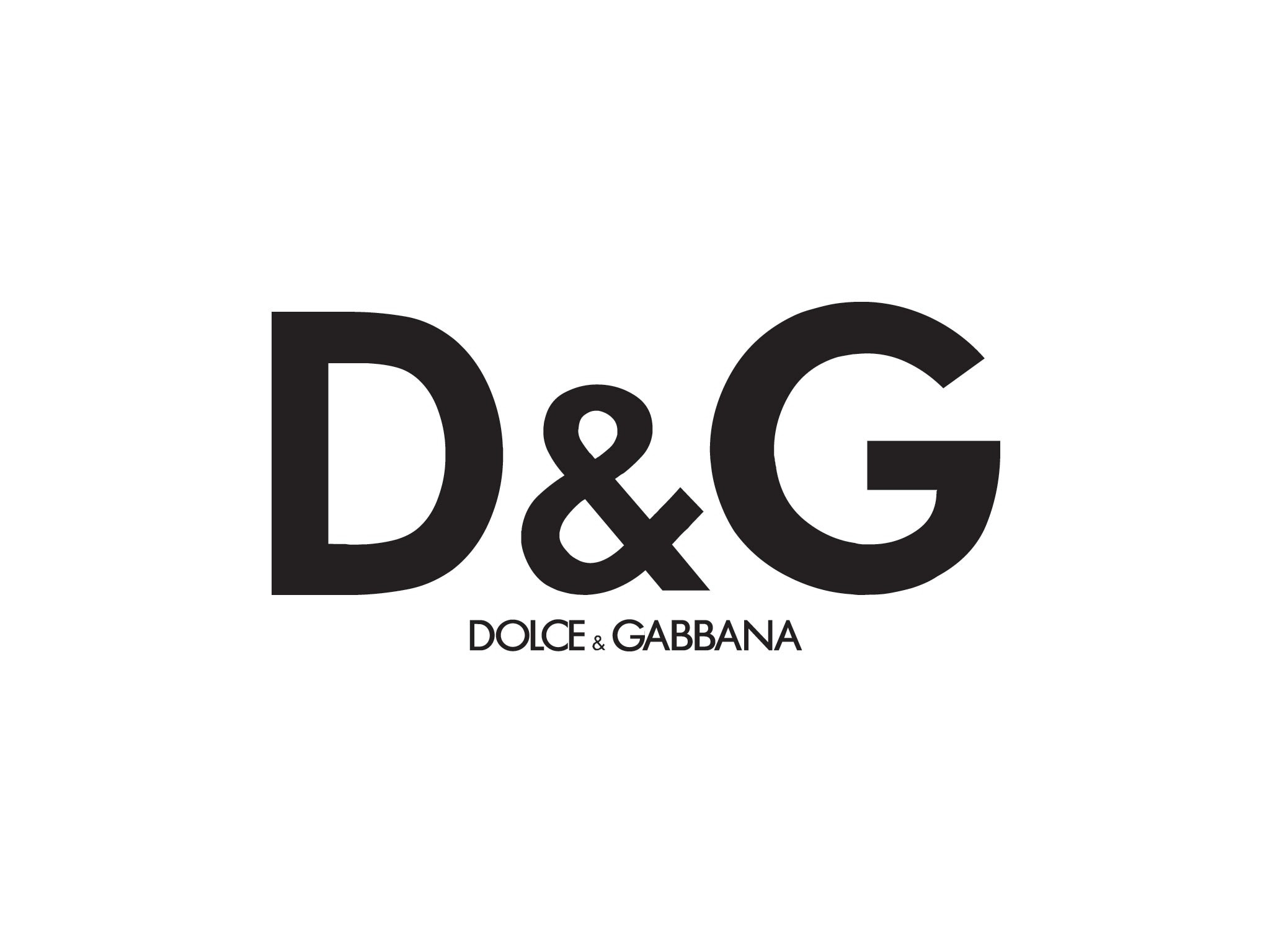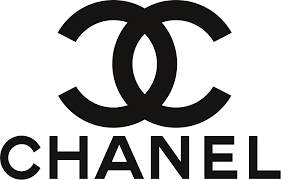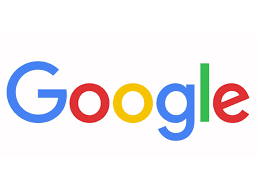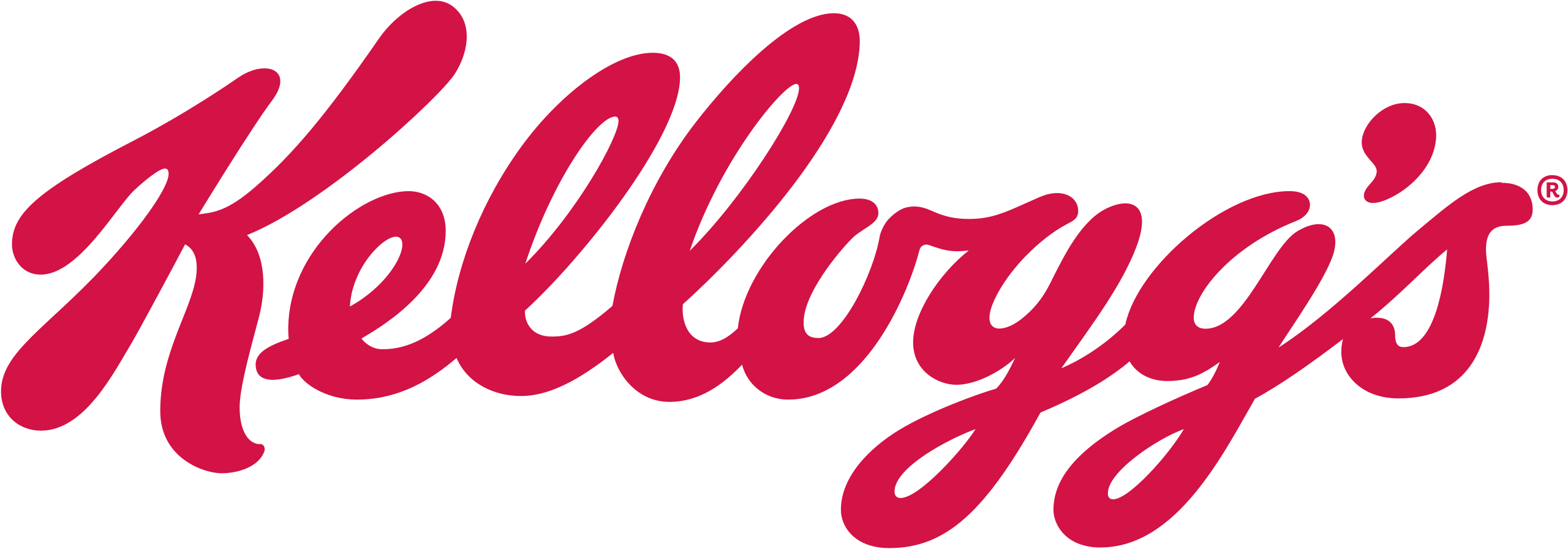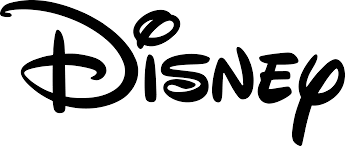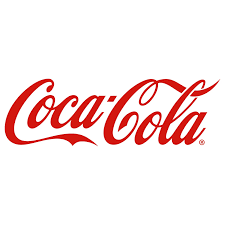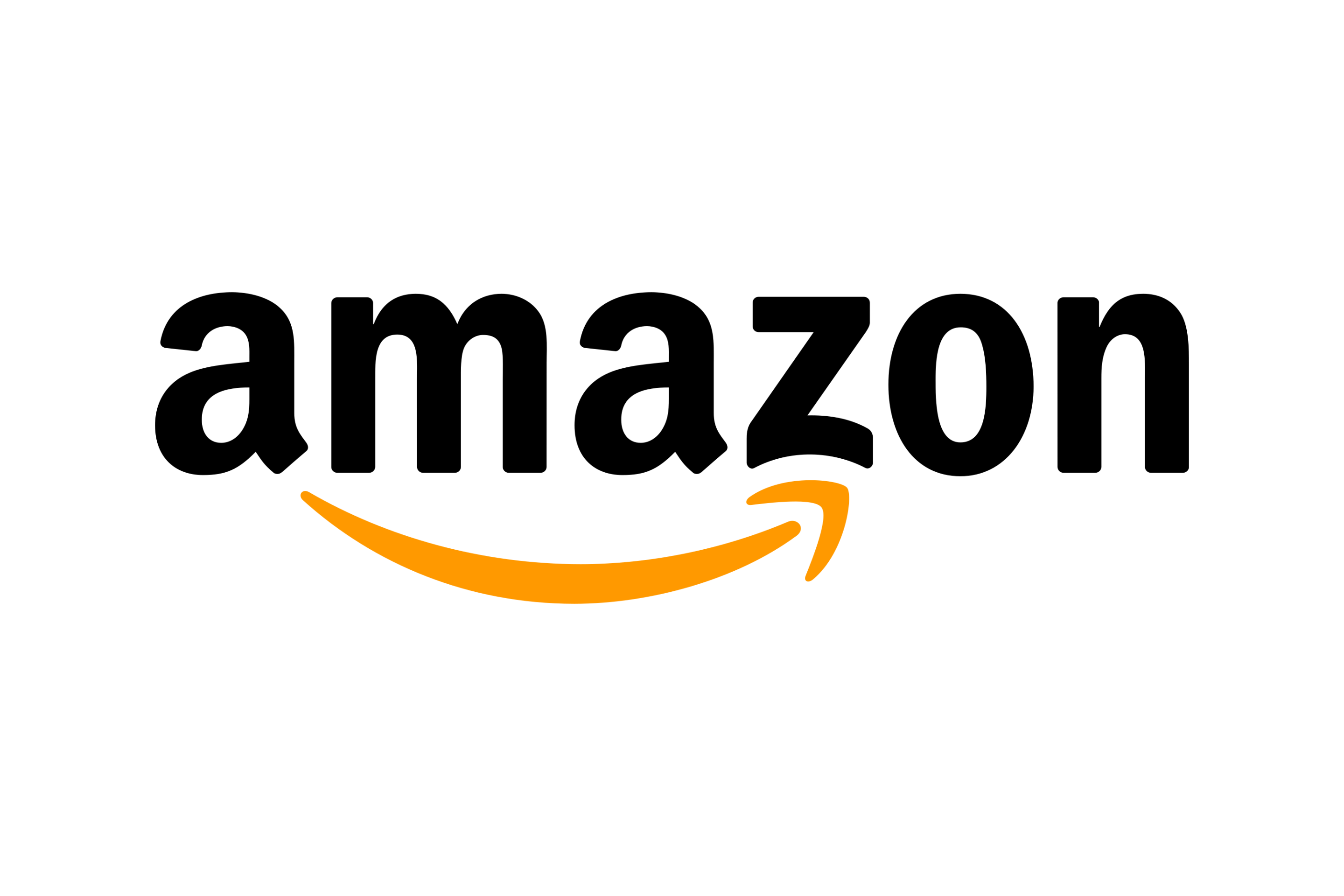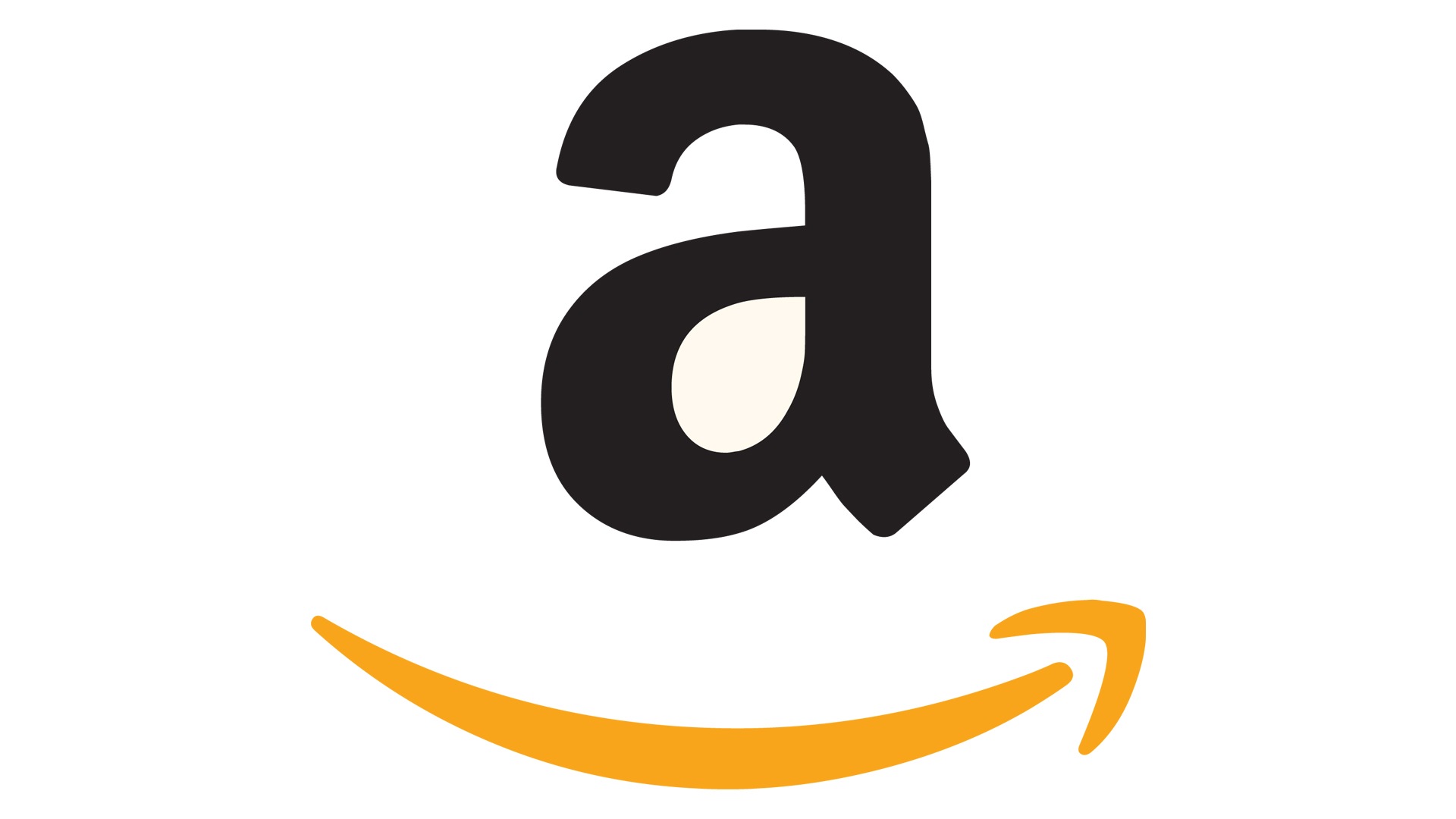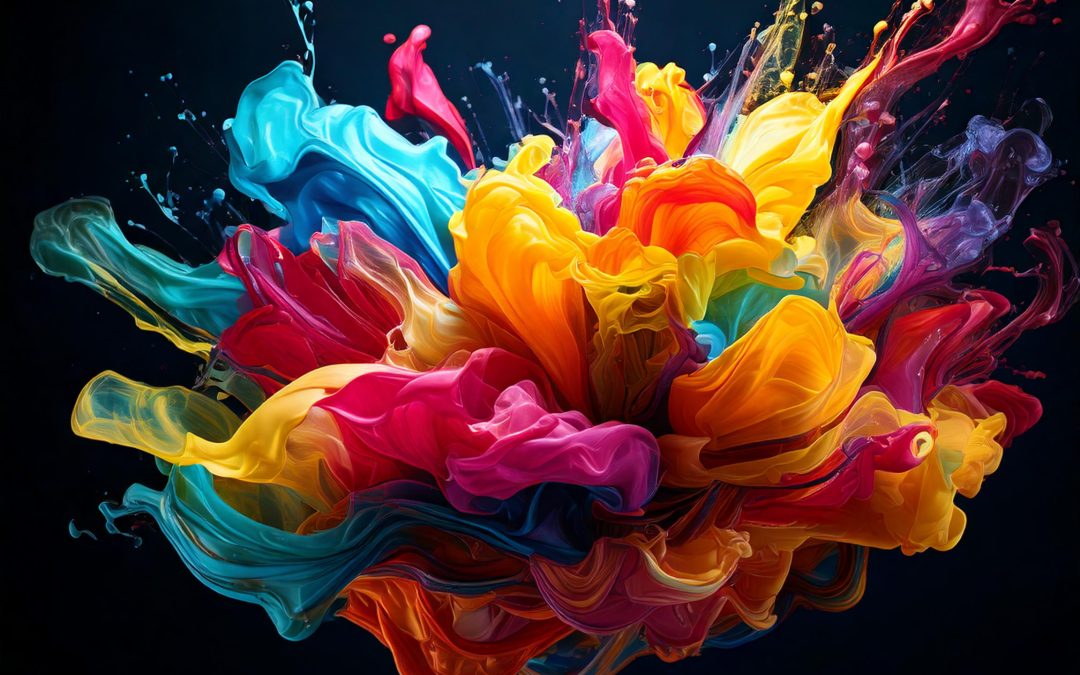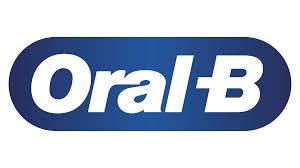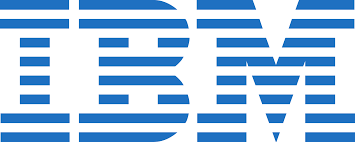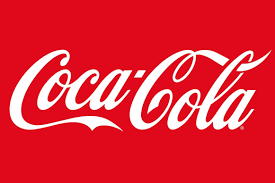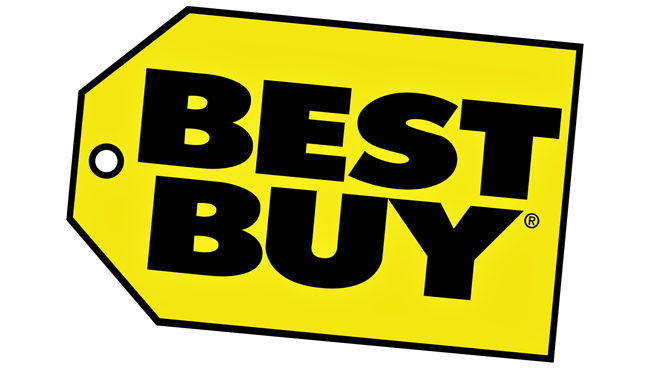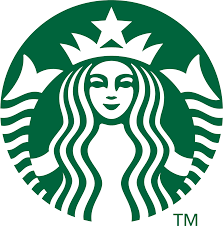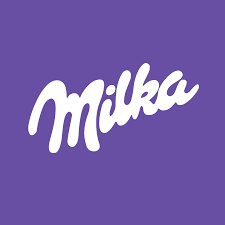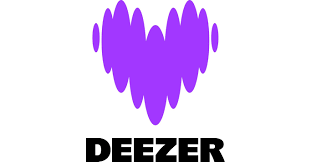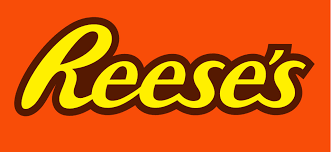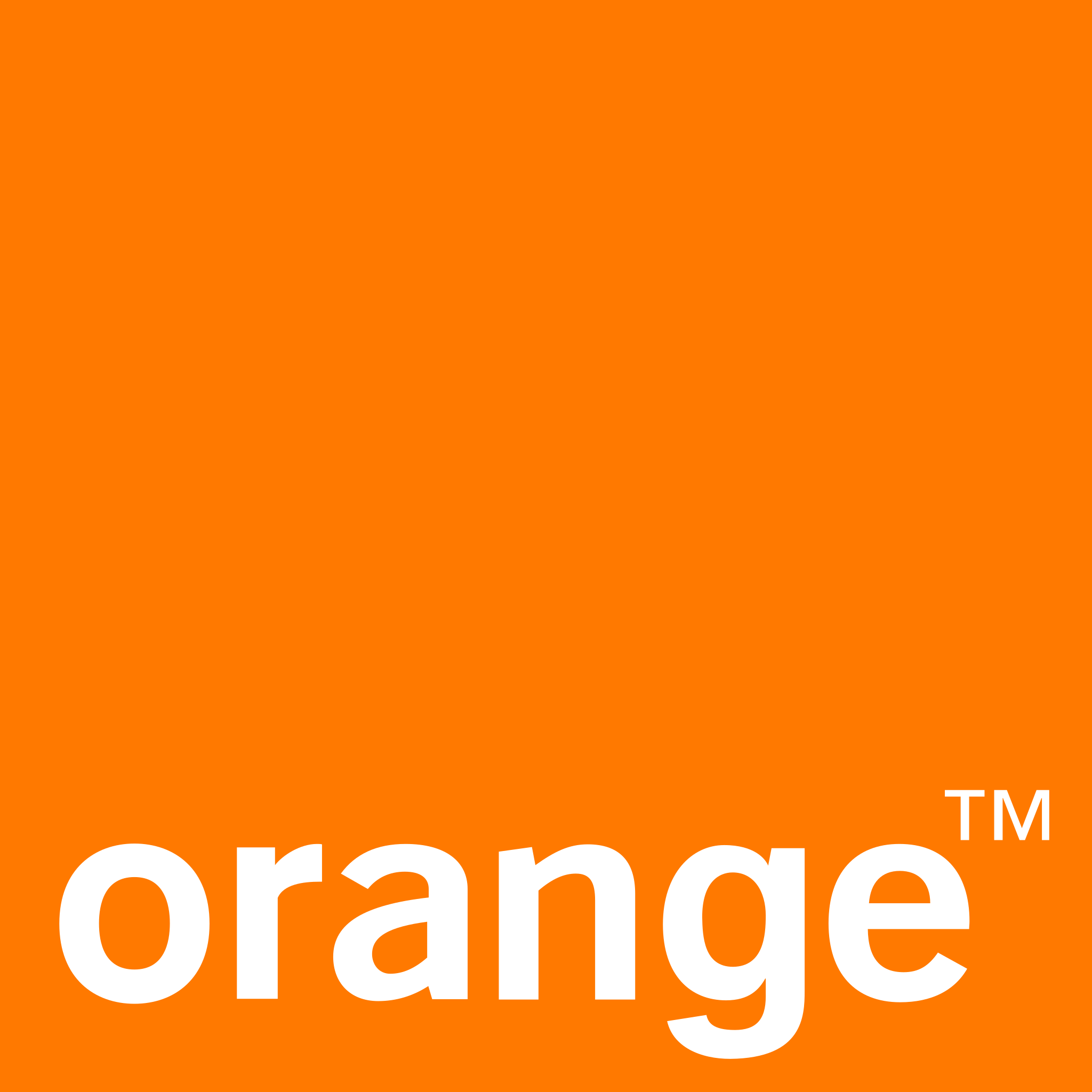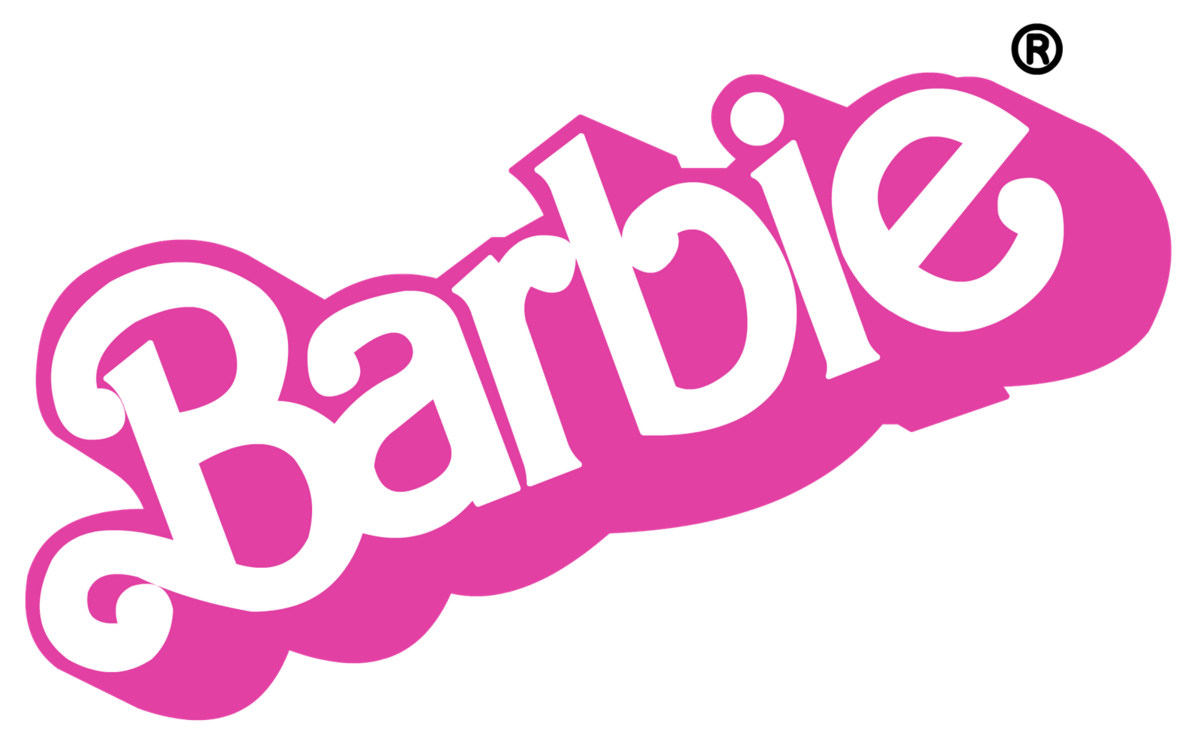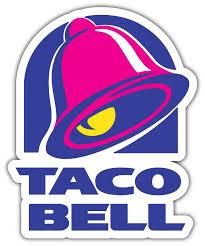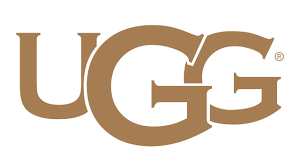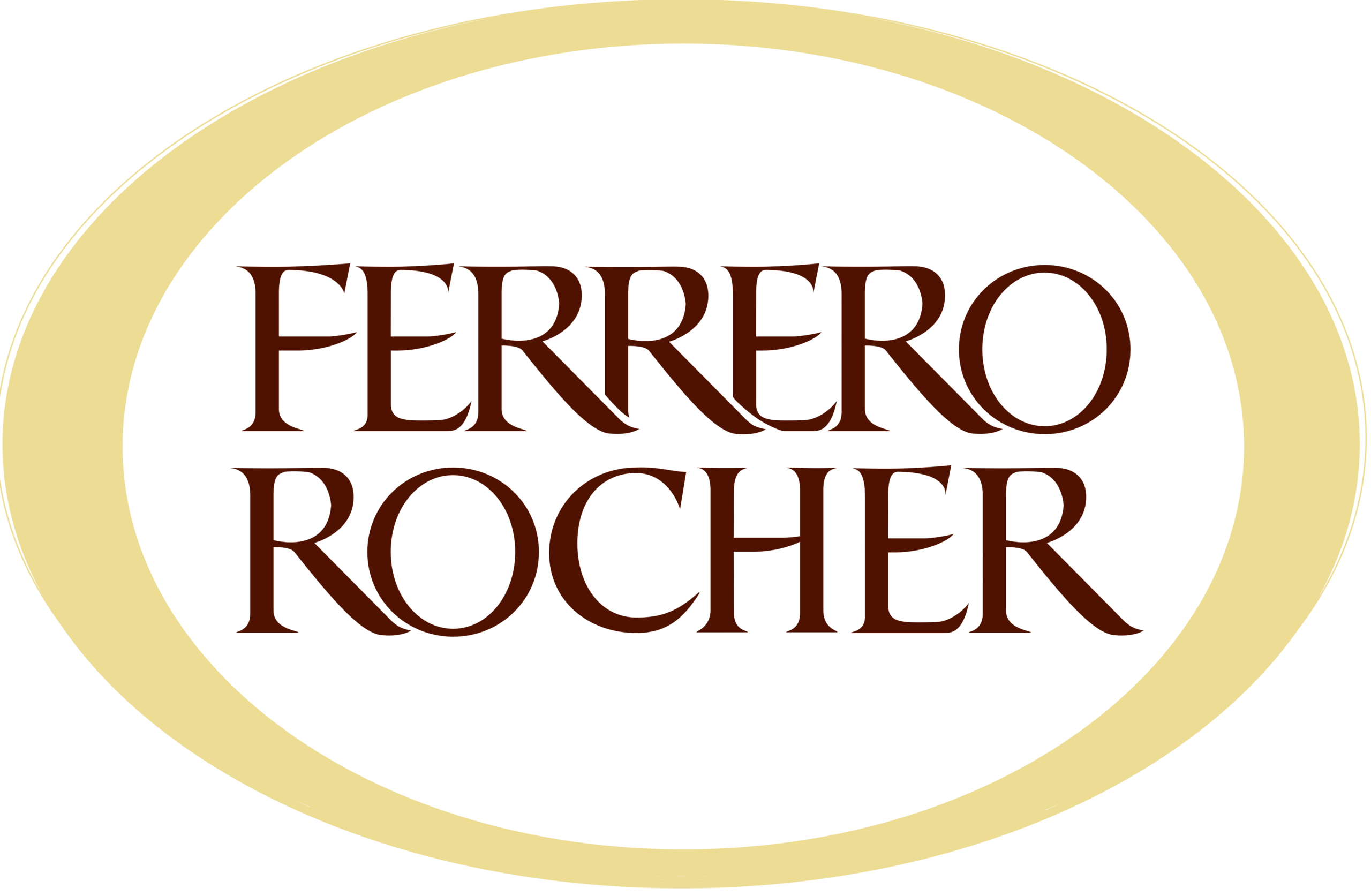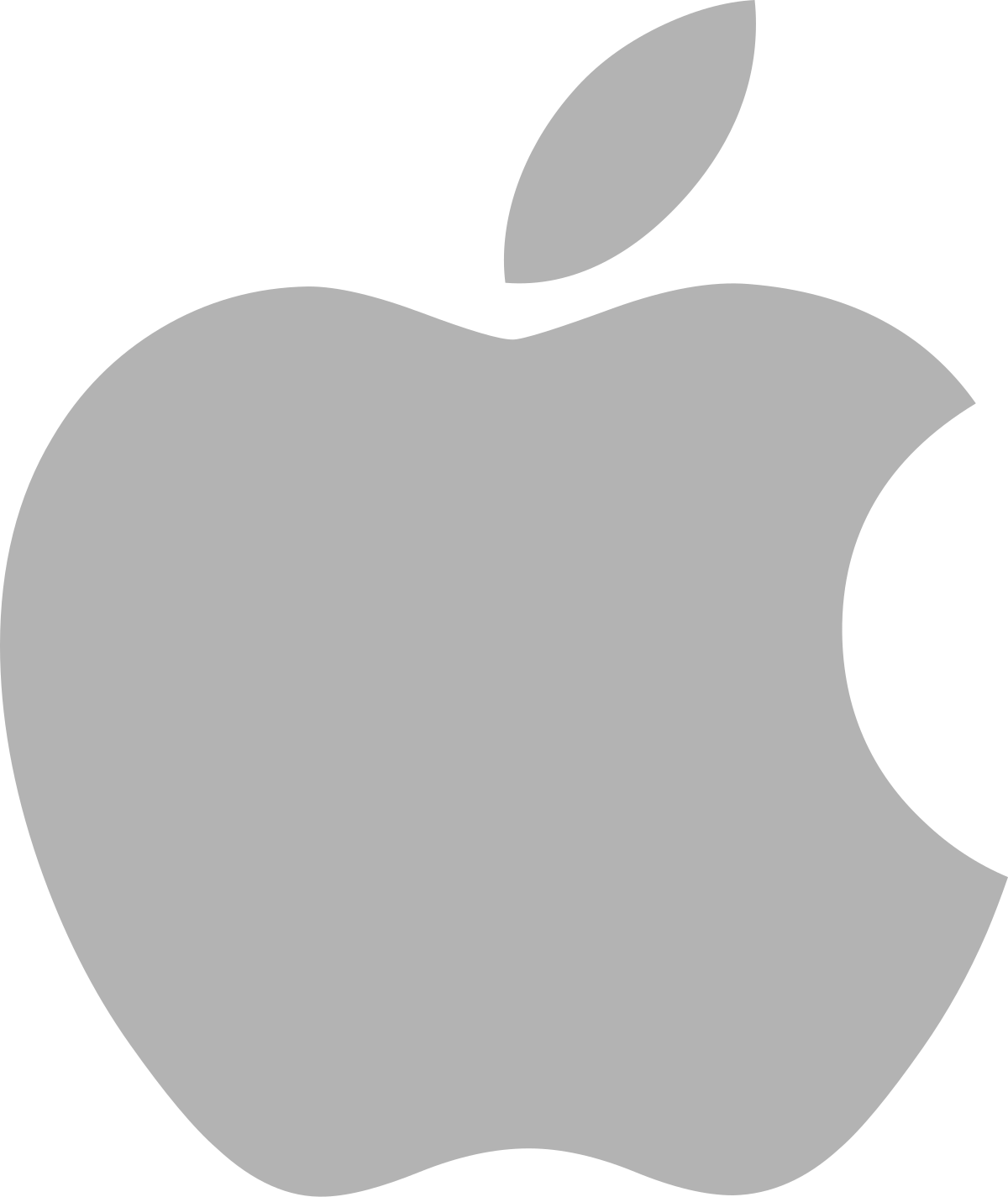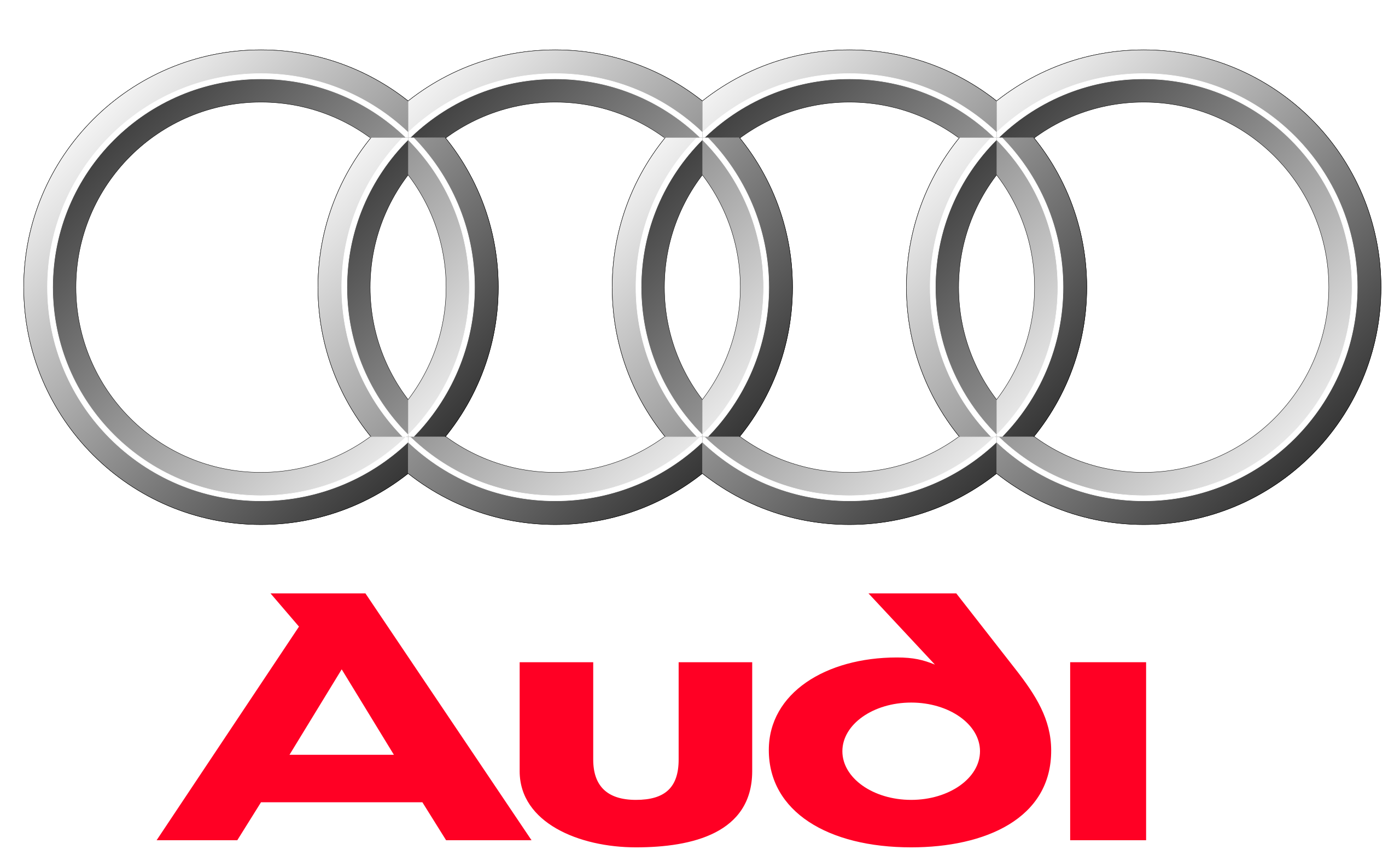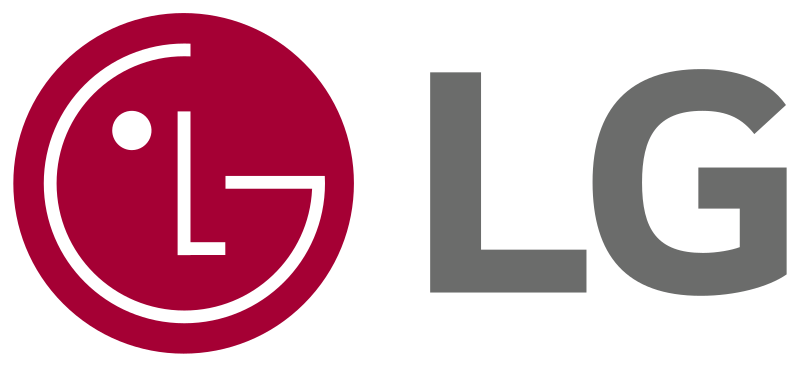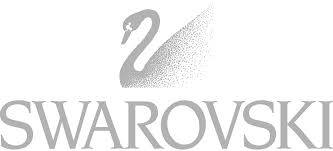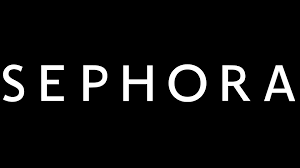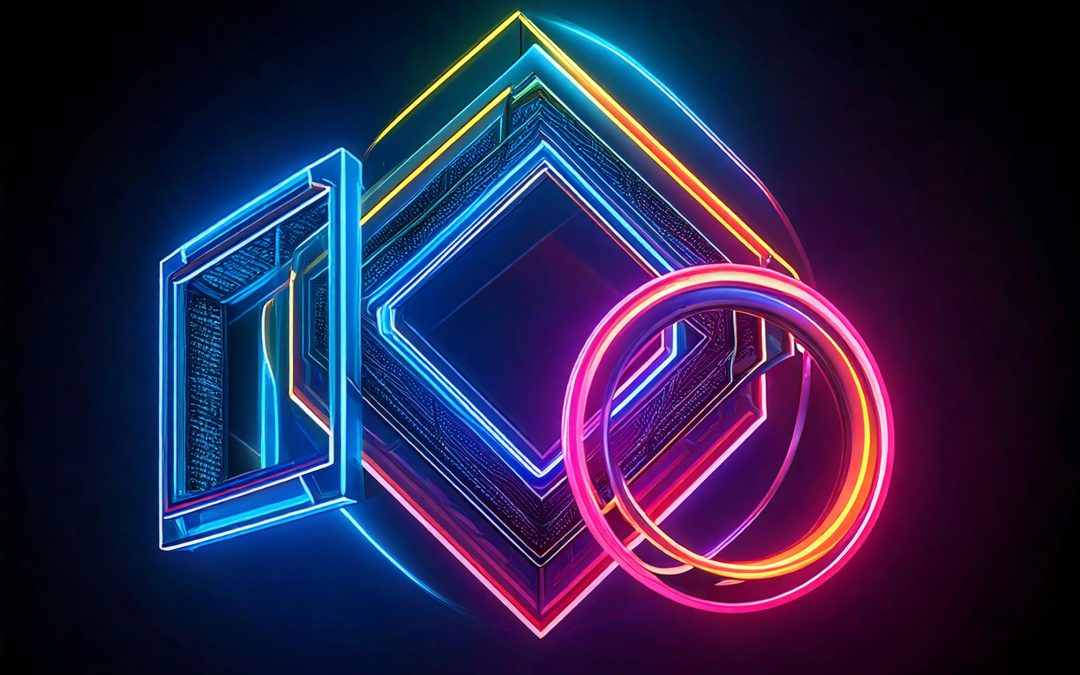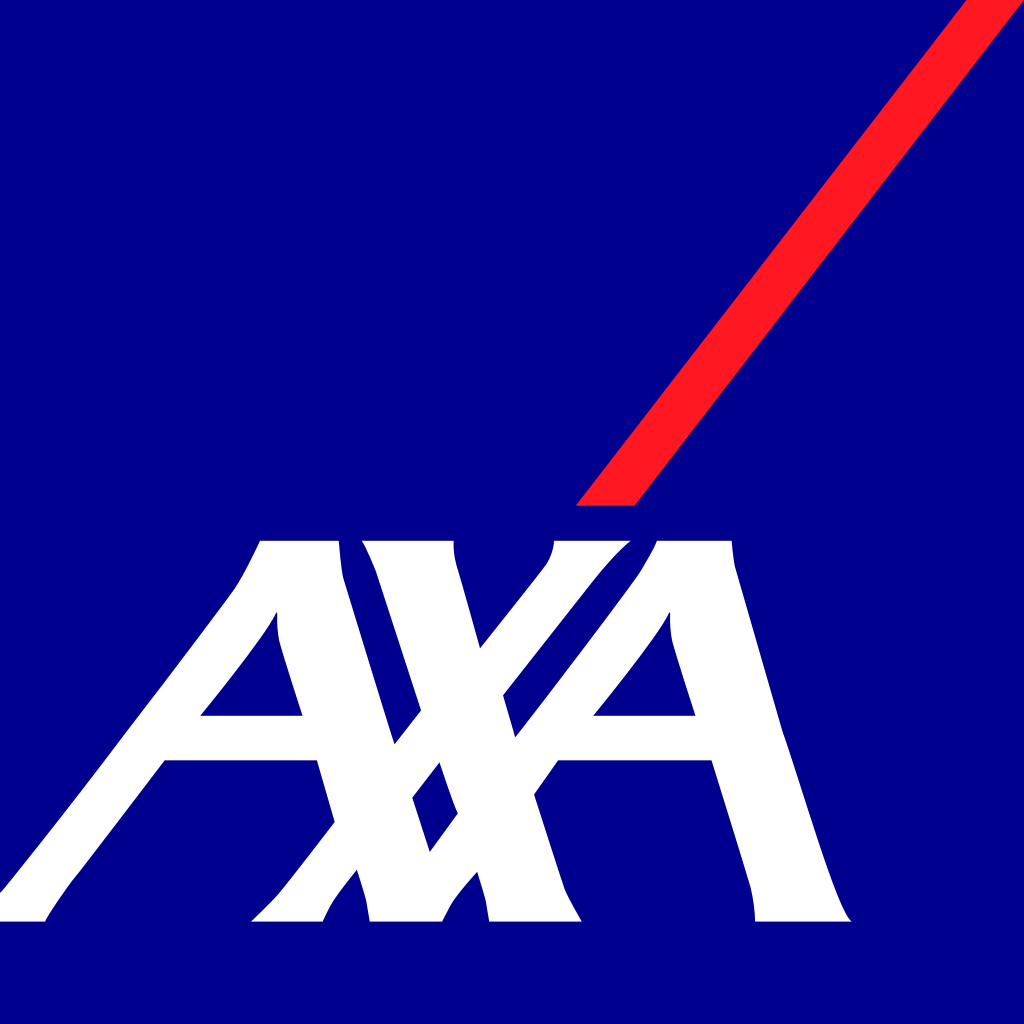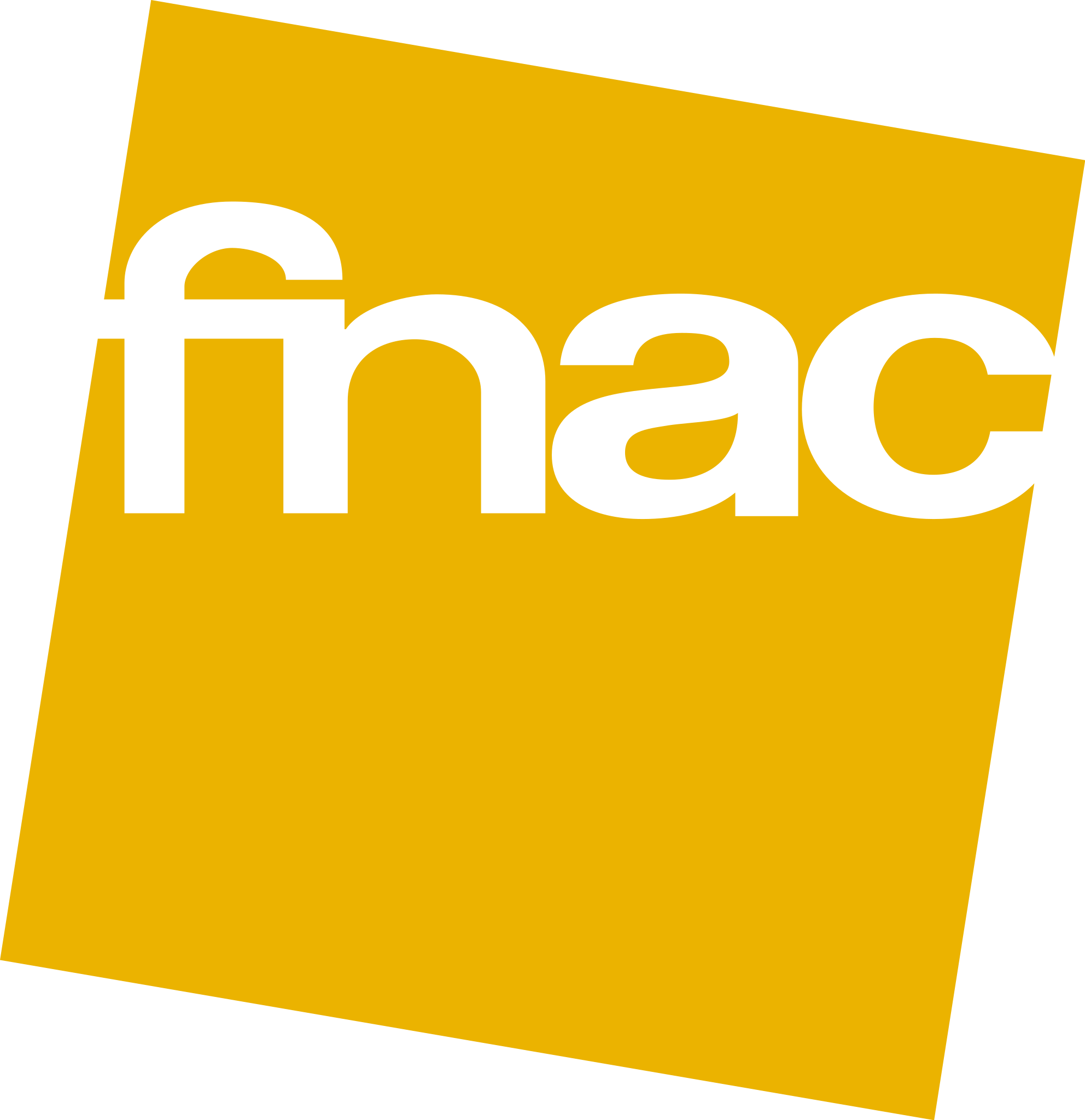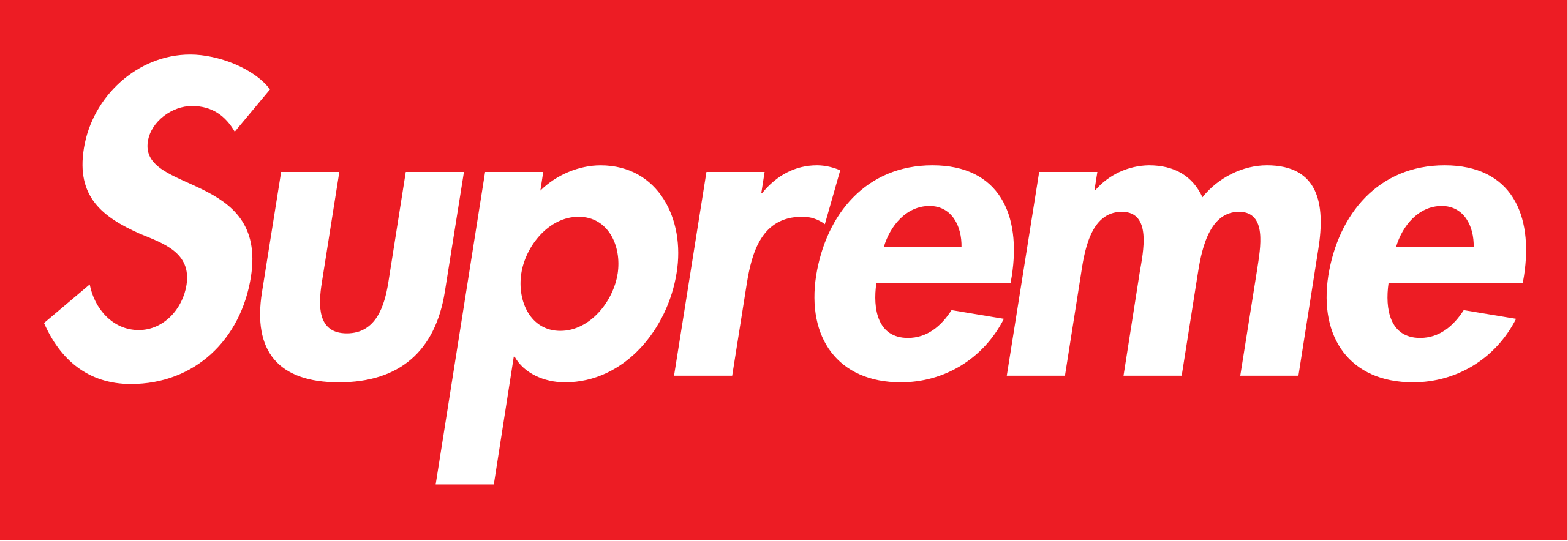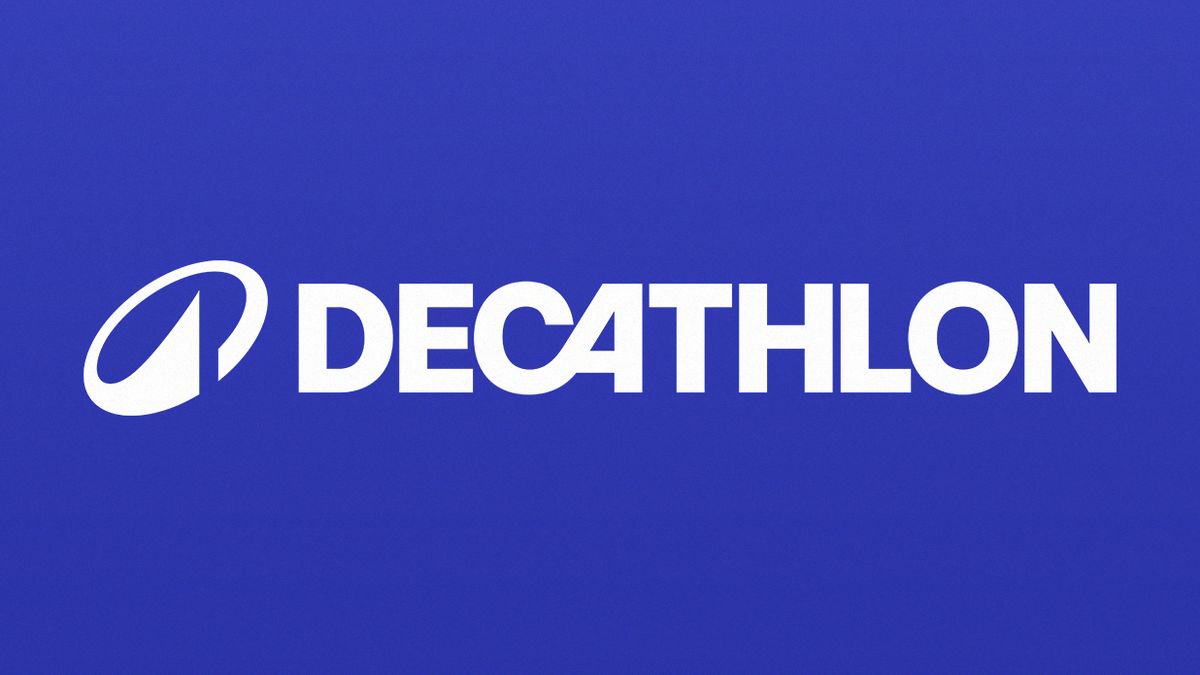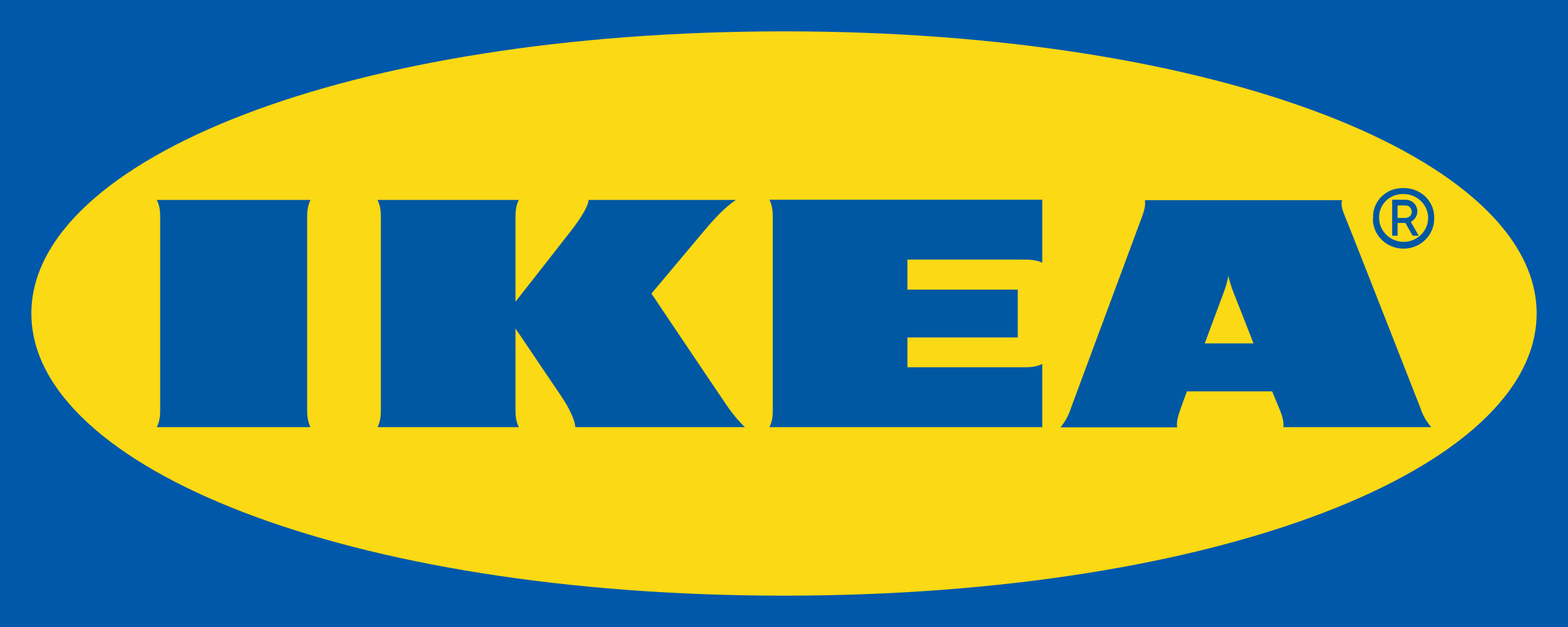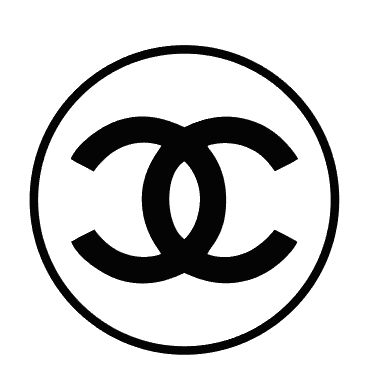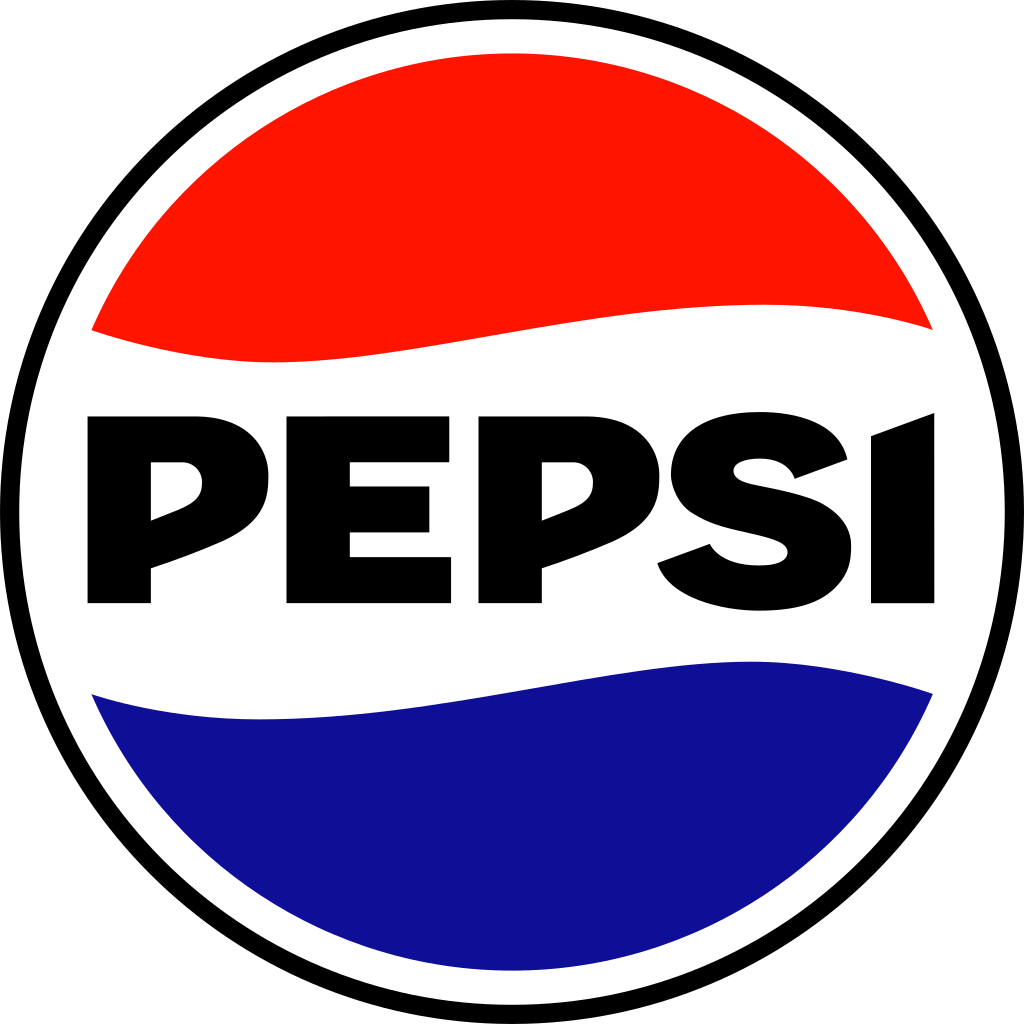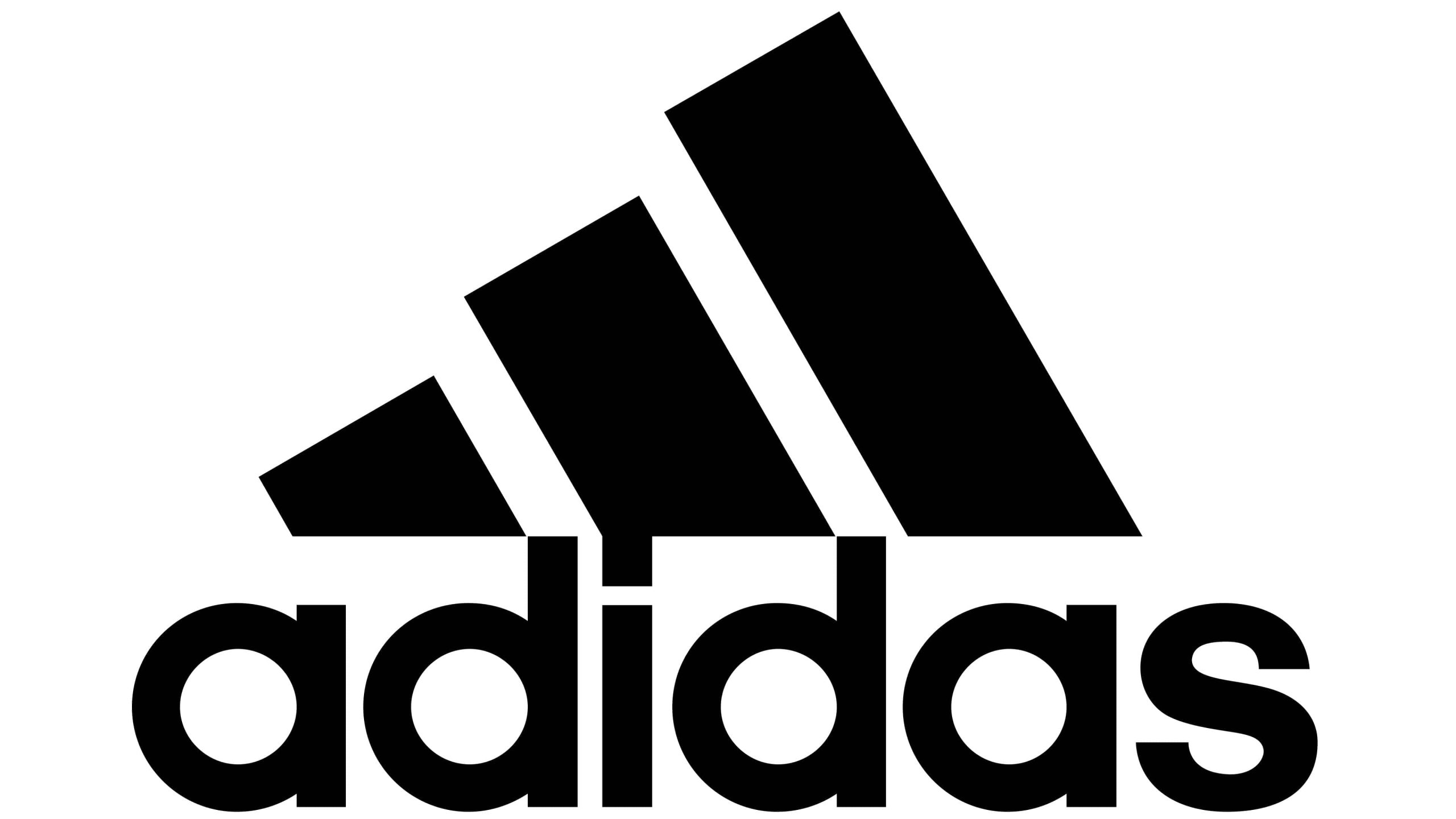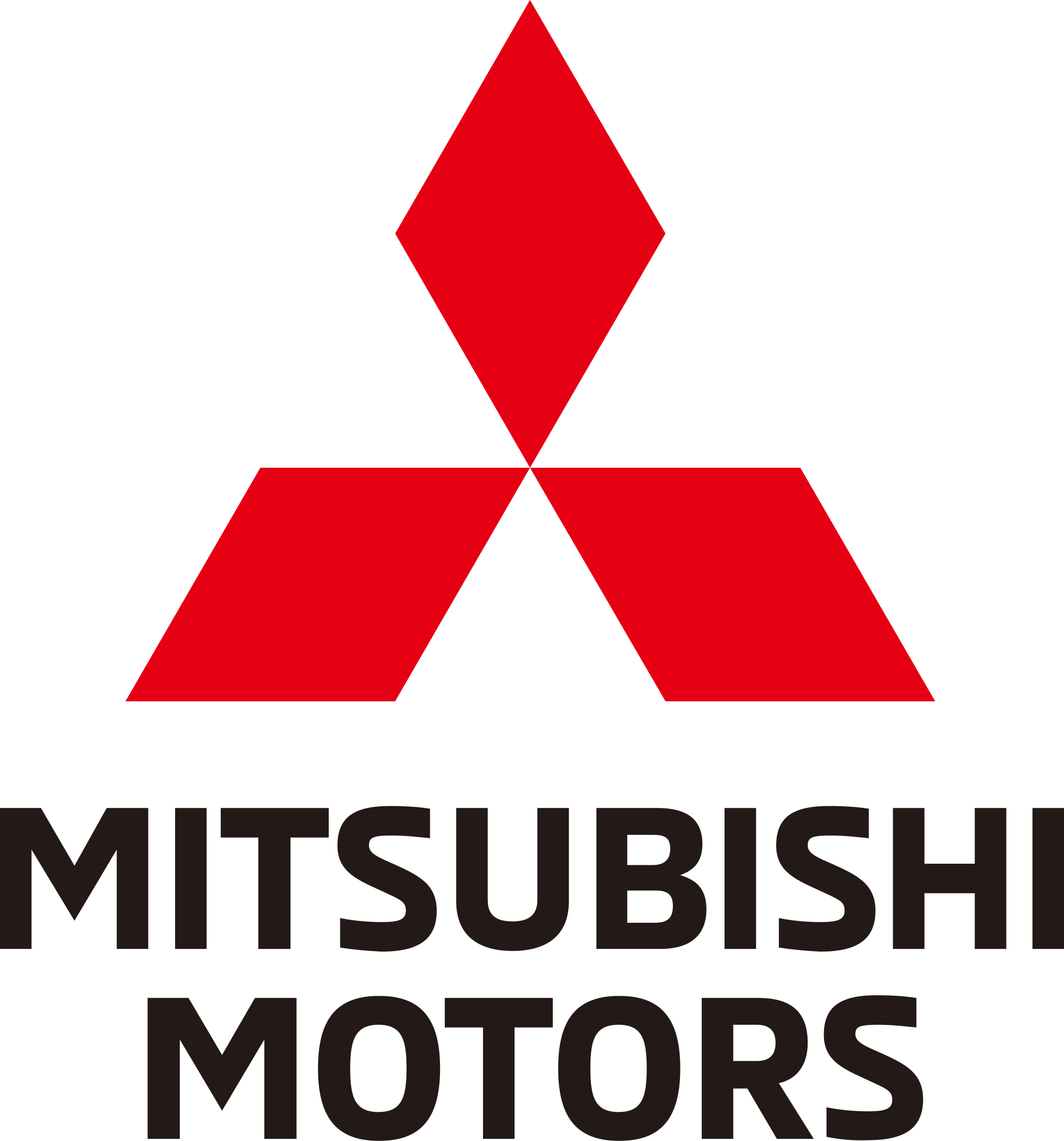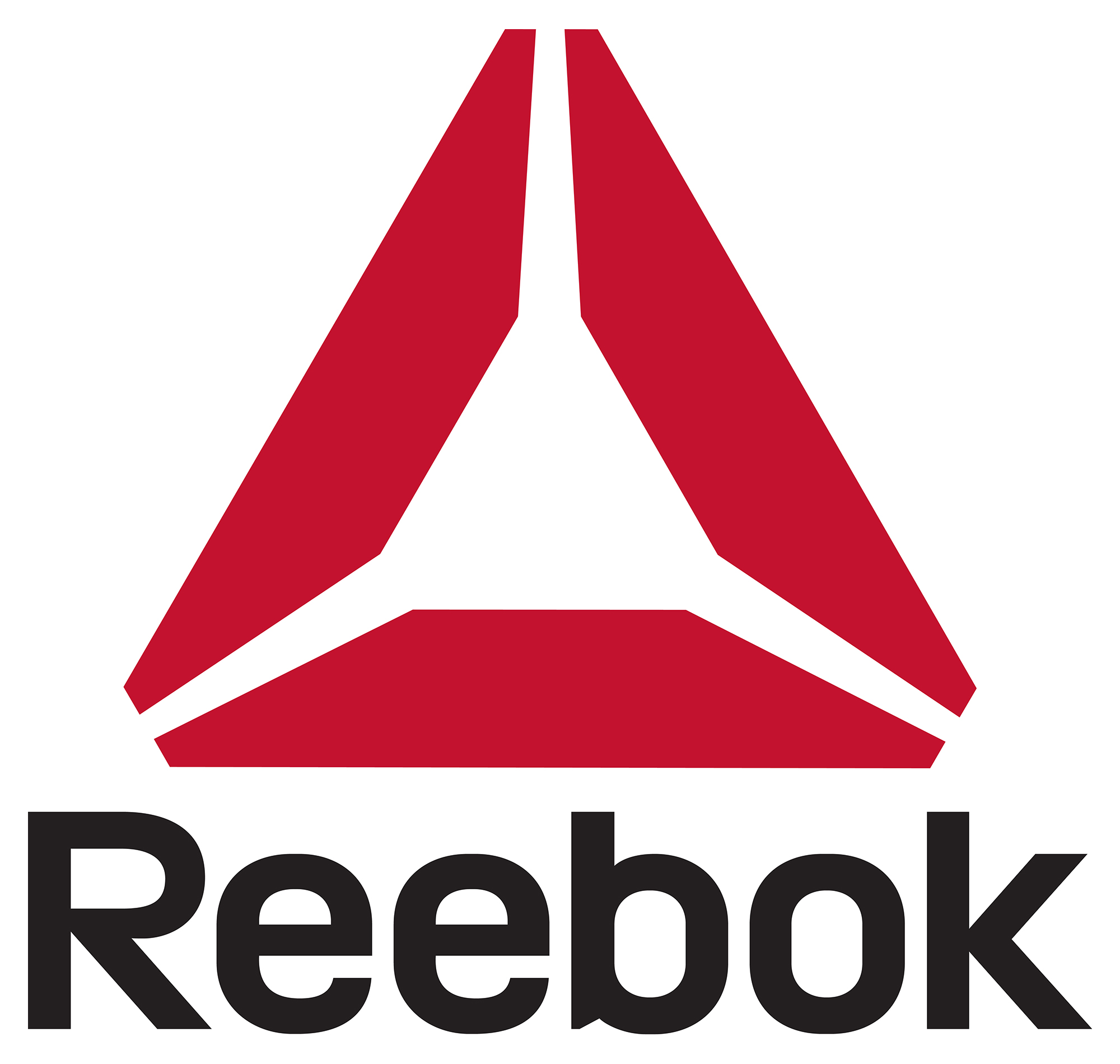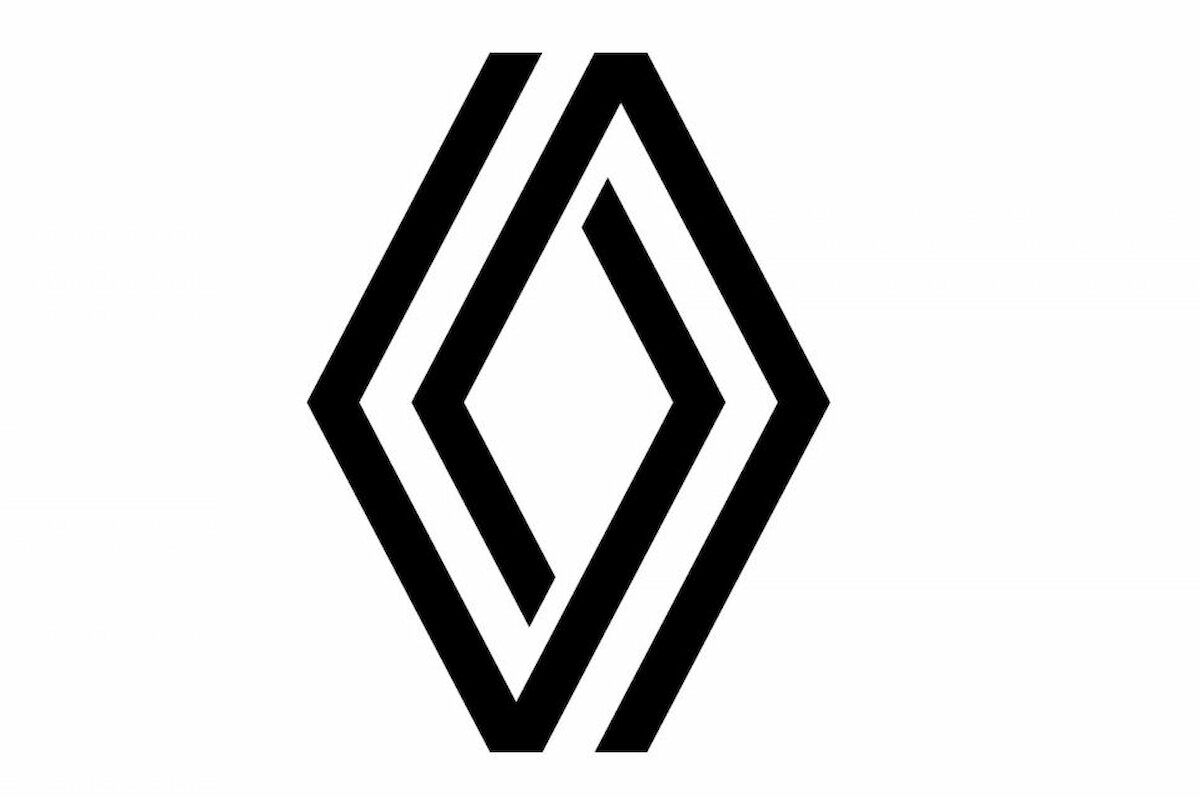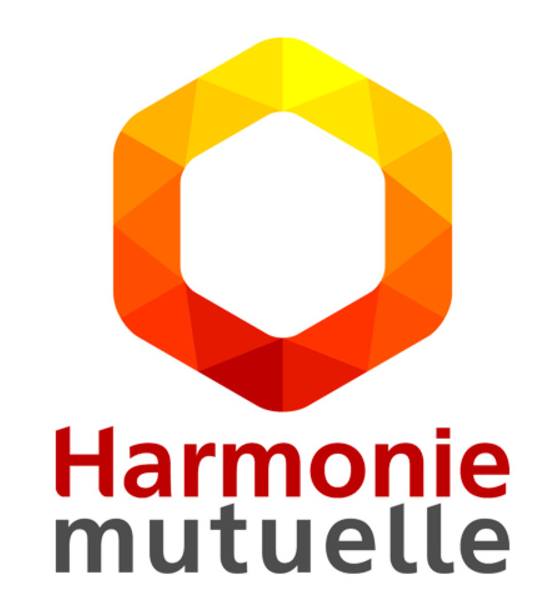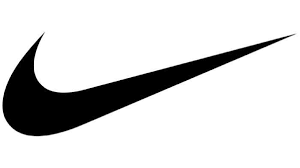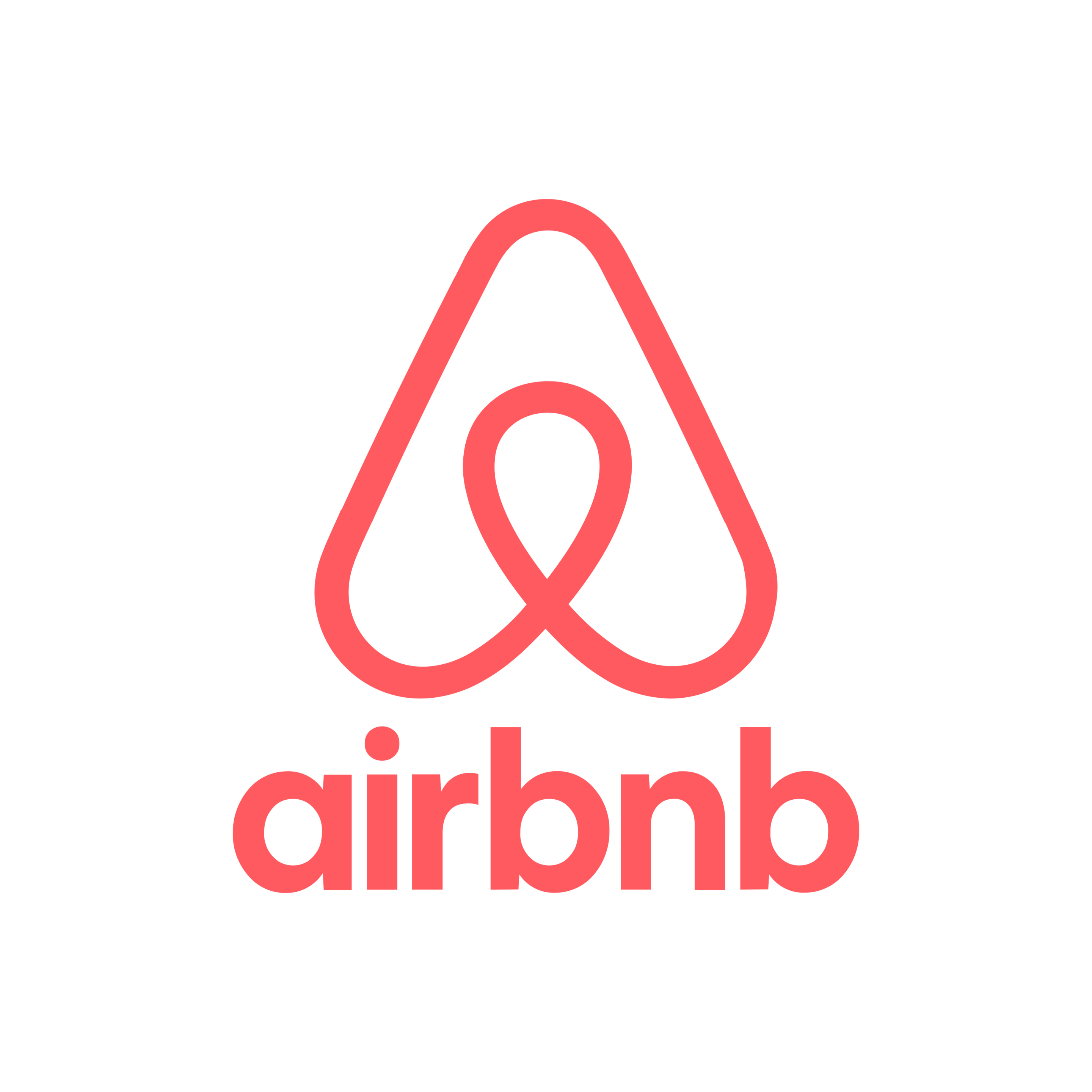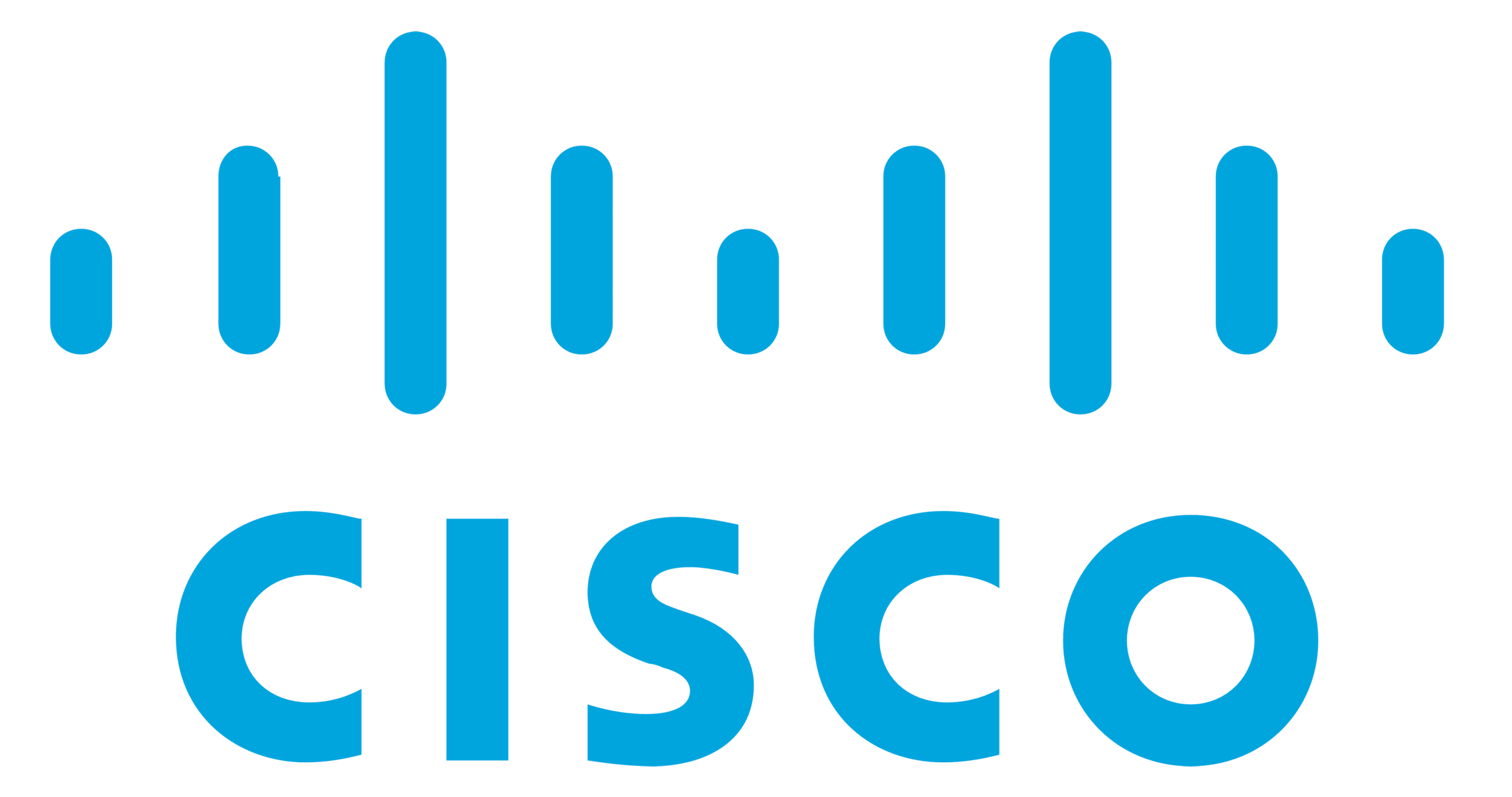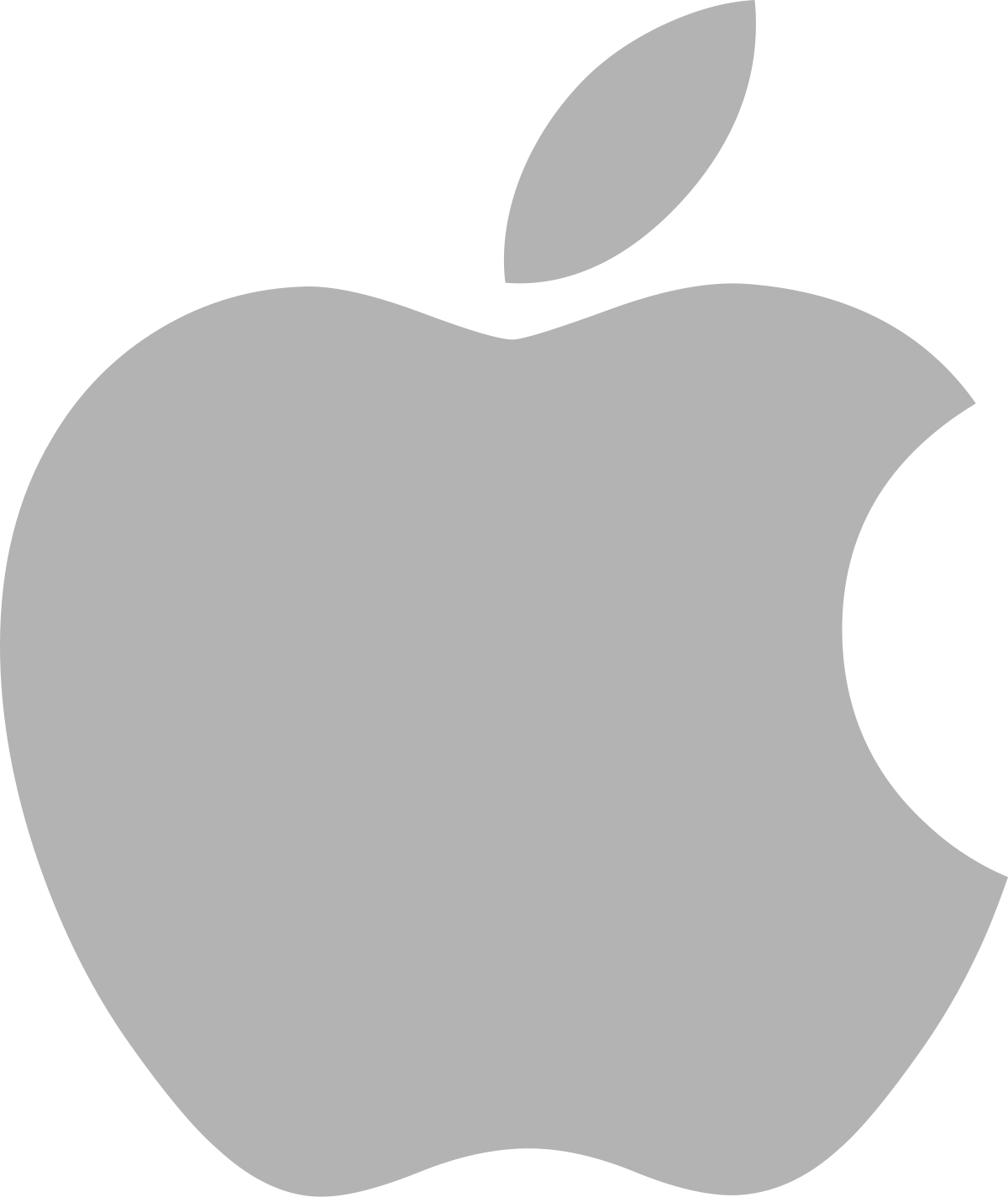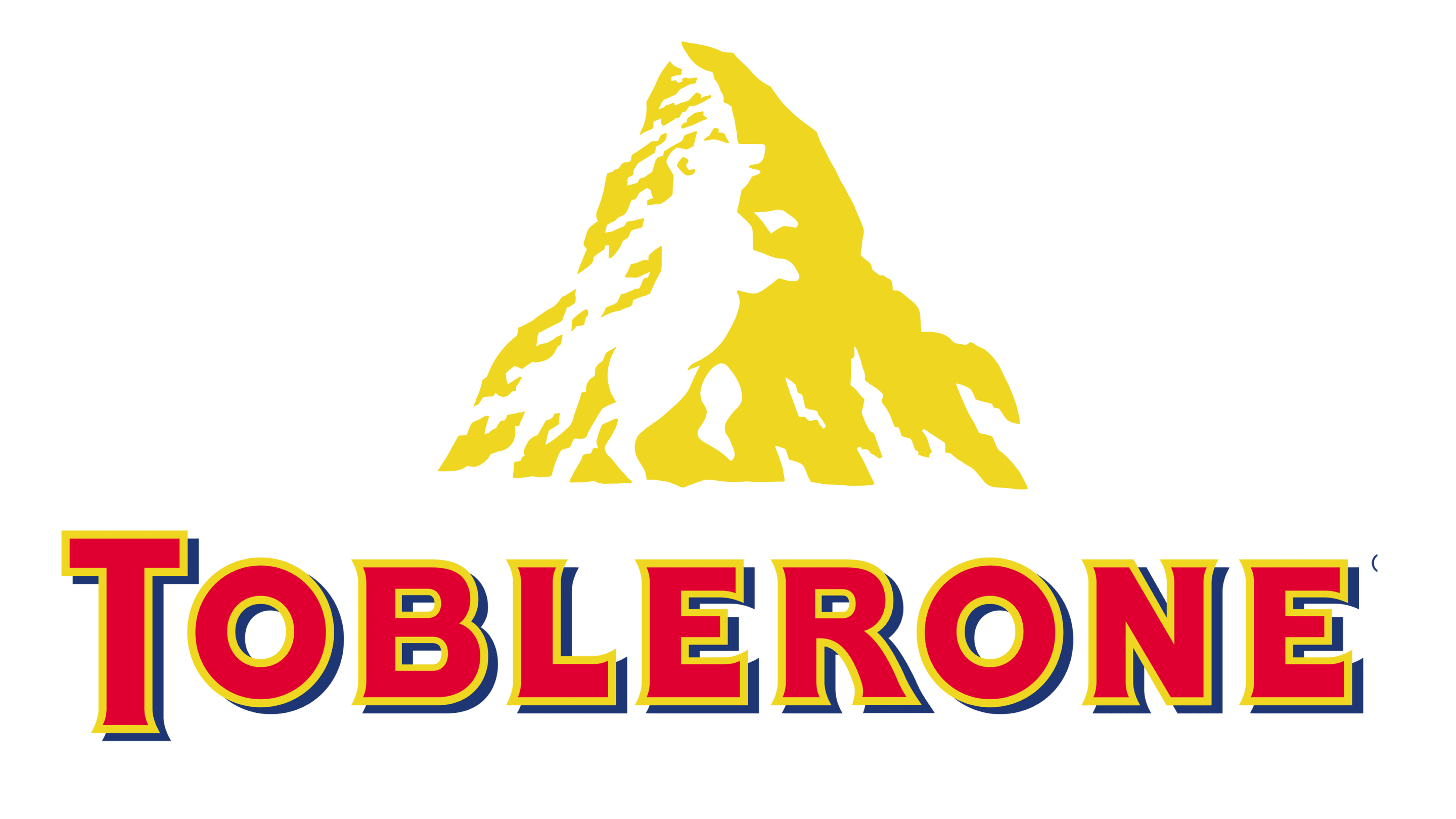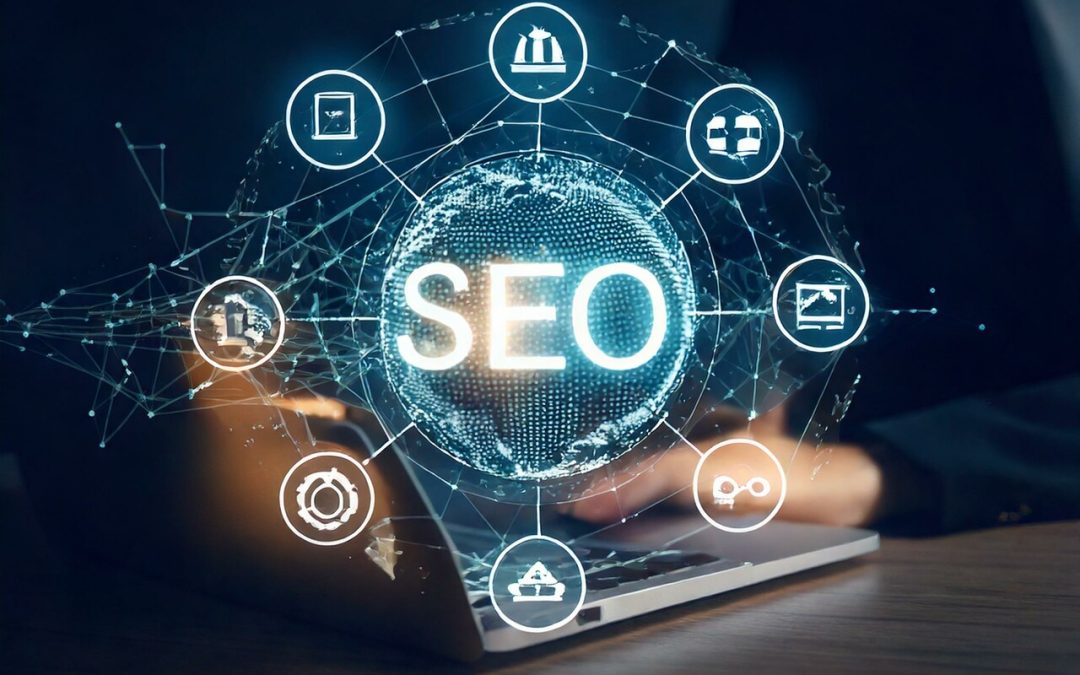
SEO CONTENT OPTIMIZATION : A complete guide for B2B Marketing
In the B2B marketing sector, visibility is a major challenge. With growing competition, it is crucial to optimize your content for SEO (Search Engine Optimization) in order to attract qualified visitors. But optimizing content is not just about inserting keywords: it’s about creating a rewarding user experience while meeting the demands of search engines.
In this article, we detail the best practices to maximize the impact of your content and transform it into growth drivers for your business.
Why Optimize Content for SEO?
In B2B marketing, every interaction counts. Good SEO content not only attracts visitors but also:
- Captures the attention of decision-makers: Your B2B prospects do research before reaching out to you. Well-positioned content increases your chances of being noticed.
- Improves your credibility: Well-ranked articles on Google convey expertise and reliability.
- Boosts your ROI (Return on Investment): Organic traffic is a sustainable and cost-effective source of qualified leads.
In short, optimized content becomes a strategic asset to turn anonymous searches into business opportunities.
Essential Steps to Optimize SEO Content in B2B Marketing
Clearly Define Your Audience and Objectives
Before diving into writing, take time to answer these questions:
- What problem is your audience looking to solve?
- What do you want readers to do after reading the article?
Content that speaks directly to the needs and expectations of your target audience is more likely to be well-received and generate conversions.
Practical Example: If you’re targeting marketing managers, tailor your article around the tools and strategies they can integrate to improve their performance (e.g., “how optimized content boosts your lead generation”).
Conduct In-Depth Keyword Research
Keywords are at the heart of your SEO strategy. Identify the ones that match the common queries of your audience.
- Main keywords: “B2B marketing SEO optimization,” “effective SEO content.”
- Secondary keywords: “B2B content strategy,” “SEO for businesses.”
Tips: Use tools like SEMrush, Ahrefs, or Google Keyword Planner to analyze the search volume and competition for your selected keywords. Integrate them naturally into the text, especially in titles, subtitles, introductions, and conclusions.
Create a Logical and Readable Structure
Well-structured content enhances the user experience and increases the time spent on your site. Here are some rules:
- Main title (H1): Define a clear and catchy title (e.g., “How to Optimize Your B2B Content for SEO?”)
- Subtitles (H2, H3): Break your sections to guide the reader.
- Short paragraphs: Avoid dense blocks of text, opt for short sentences.
- Visual appeal: Incorporate visuals or graphics to illustrate your points.
Sample structure:
- Why Optimize SEO Content?
- Key Steps for a Successful Strategy
- Common Mistakes to Avoid
Provide Rich and Engaging Content
In B2B marketing, your readers are looking for specific and actionable answers.
- Provide concrete data: For example, “70% of B2B marketers say SEO generates more leads than any other digital strategy.”
- Add case studies: Show how SEO optimization helped a company succeed.
- Offer solutions: Provide practical tips that your readers can apply immediately.
Technically Optimize Your Content
Good SEO content is not just about the text. Here are some elements you should not overlook:
- Internal links: Link your articles to guide your readers to other relevant resources. Example: “Also check out our article on B2B digital strategies.”
- External links: Support your points by citing reliable sources.
- Alt tags for images: Describe your visuals to improve their SEO.
- Loading time: Optimize image size and avoid large files.
Measure Performance and Adjust
After publishing, analyze the results using tools like Google Analytics or Search Console.
- Click-through rate (CTR): Are your titles and meta descriptions effective?
- Time spent on page: Do your readers find the content engaging?
- Ranking in search results: Track your progress on target keywords.
Tip: Regularly update your articles to stay relevant and maintain your ranking.
Common SEO Mistakes to Avoid
- Over-optimization: Avoid keyword stuffing, which harms readability and can lead to penalties.
- Ignoring search intent: A keyword can have multiple meanings. Make sure you address the intent behind the query.
- Neglecting CTAs: Encourage your readers to take action, whether it’s subscribing to a newsletter or downloading a white paper.
Optimizing content for SEO in B2B marketing requires a strategic and meticulous approach. By combining relevant keyword research, engaging writing, and technical optimizations, you can not only increase your visibility but also turn your site into a powerful lead generation tool.
What about you? Are you ready to maximize your SEO potential? Contact us at Eckert Mathison for customized support!
